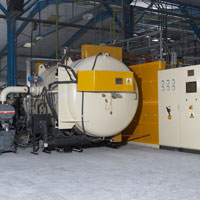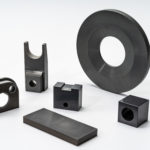International Syalons (Newcastle) Limited has great pleasure in announcing that it has successfully been assessed by Lloyds Register of Quality Assurance against the revised international quality standard ISO 9001:2008. This Quality Management System applies to the manufacture of advanced ceramic powders and products.
In achieving the ISO 9001:2008 certification our goal is to continually improve every aspect in the manufacture and supply of our advanced ceramics. This includes maintaining detailed records, reacting to customer feedback, regularly reviewing our processes and monitoring the quality system itself for its effectiveness.
The Company was one of the first companies in the UK to achieve the ISO 9001:2000 standard and subsequently the latest 2008 standard.
This award has resulted from much hard work by everyone at the Company, particularly the Quality Department, and demonstrates our commitment to providing a first class service to our customers.


 nternational Syalons (Newcastle) Limited have recently installed and commissioned a new, large, state of the art sintering furnace, which significantly extends our sintering capacity.
nternational Syalons (Newcastle) Limited have recently installed and commissioned a new, large, state of the art sintering furnace, which significantly extends our sintering capacity.